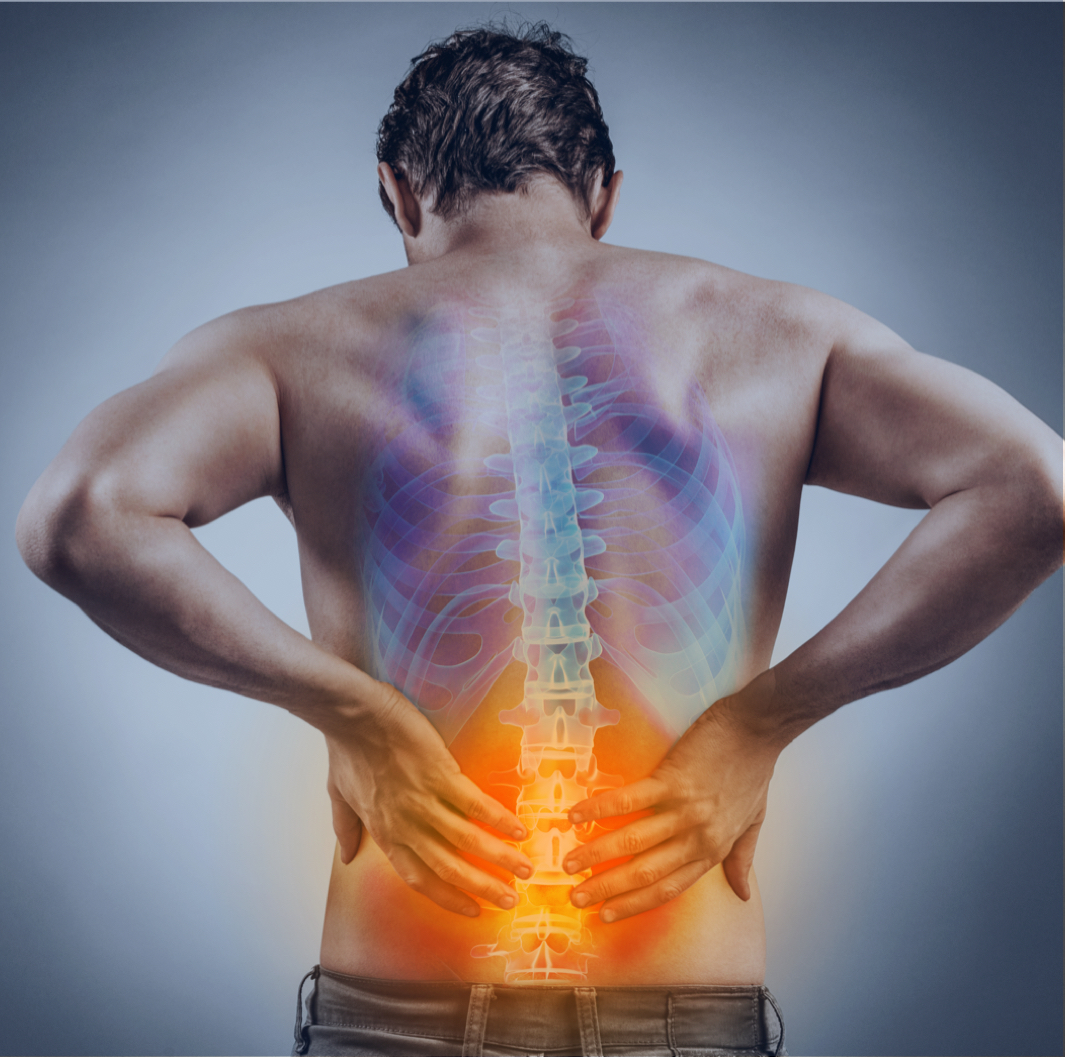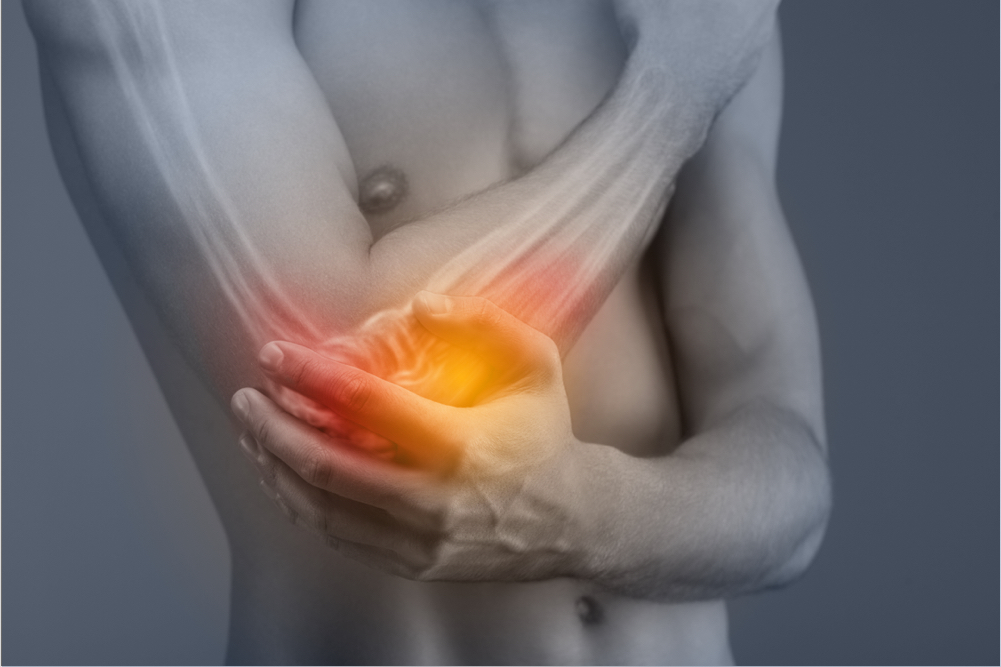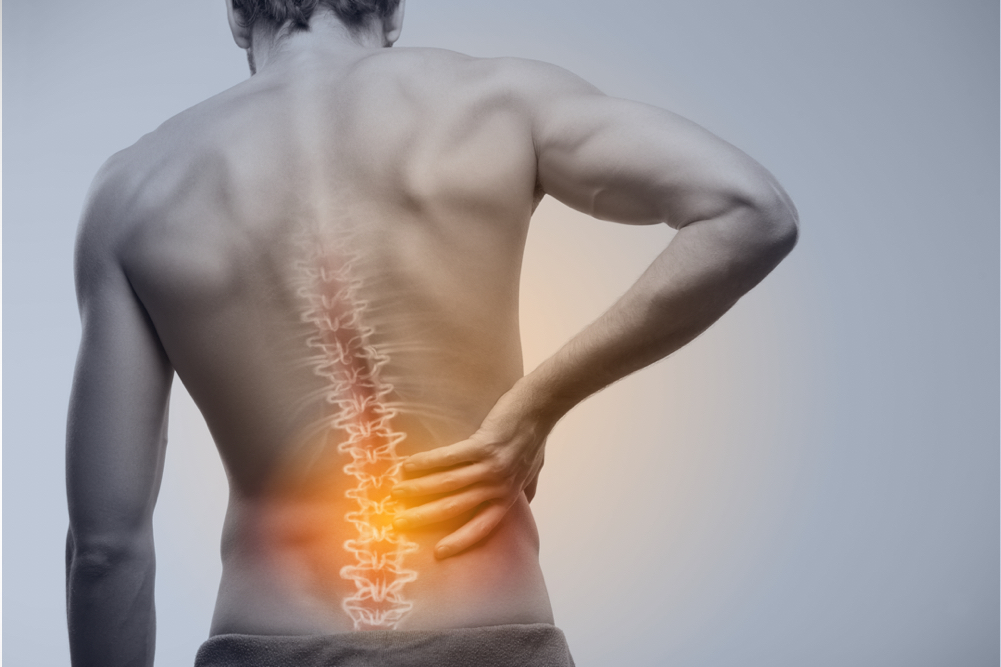Understanding Pain
Pain is an unpleasant sensation signalling actual or possible injury.
Pain is the most common reason for seeking medical care.
Pain has sensory and emotional components.
People vary considerably in their tolerance for pain.
One person cannot tolerate the pain of a small cut or bruise, but another person can tolerate pain caused by a major accident or knife wound with little complaint. The ability to withstand pain varies according to mood, personality, and circumstances.



Types of Pain

Acute Pain

Acute is termed as any pain that lasts three to six months. It usually occurs in response to tissue injury.
Acute pain usually comes on suddenly, because of a disease, injury, or inflammation and does not last long (days, weeks, or sometimes a few months). It can often be diagnosed and treated.
When severe, acute pain may cause anxiety, a rapid heart rate, an increased breathing rate, elevated blood pressure, sweating, and dilated pupils.
Chronic Pain

Chronic pain is related to ongoing tissue injury and may last for a period longer than six months.
Chronic pain lasts for a long time (months or years), and can cause severe problems such depression, disturbed sleep, decreased energy, a poor appetite, weight loss, decreased sex drive, and loss of interest in activities.

Sometimes acute pain may become chronic
A sports injury, for example, that is not diagnosed and treated properly can lead to long-term damage to joints or
muscles. Certain injuries can cause nerve damage that leads to ongoing pain. It is therefore very important that acute
pain be accurately diagnosed and effectively treated.
Evaluation of Pain

To evaluate the severity of pain, doctors use a scale of 0 (none) to 10 (severe) or ask the person to describe the pain as mild, moderate, severe, or excruciating.
For children or for people who have difficulty communicating (for example, because of a stroke), drawings of faces in a series—from smiling to frowning and crying—can be used to determine the severity of pain.


Treatment of Pain
Topical analgesics are very effective in treating muscle and joint pains and provide a great alternative to oral analgesics
Doctors choose an analgesic based on the type and duration of pain and on the likely benefits and risks. Based on
these criteria, an analgesic may be given to a patient by three main routes.